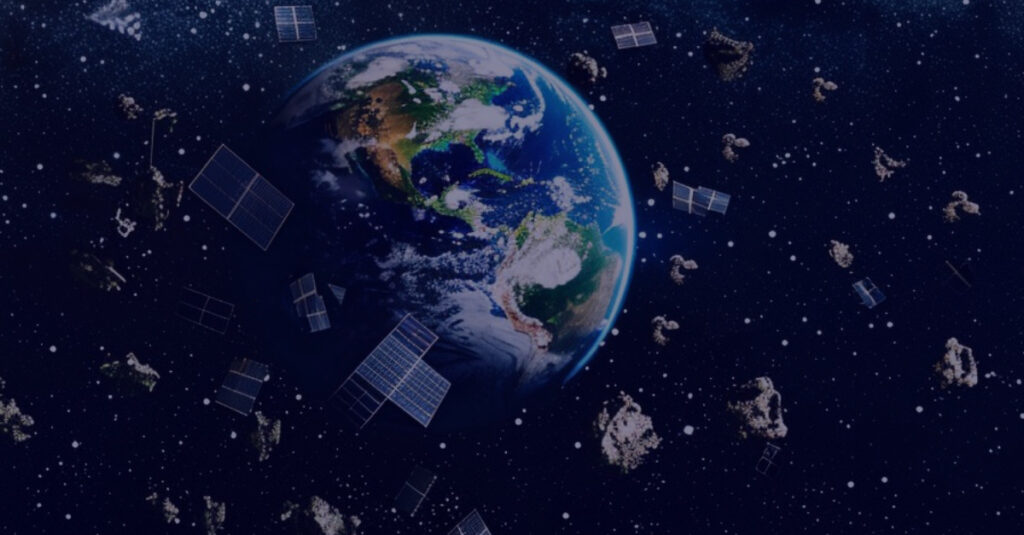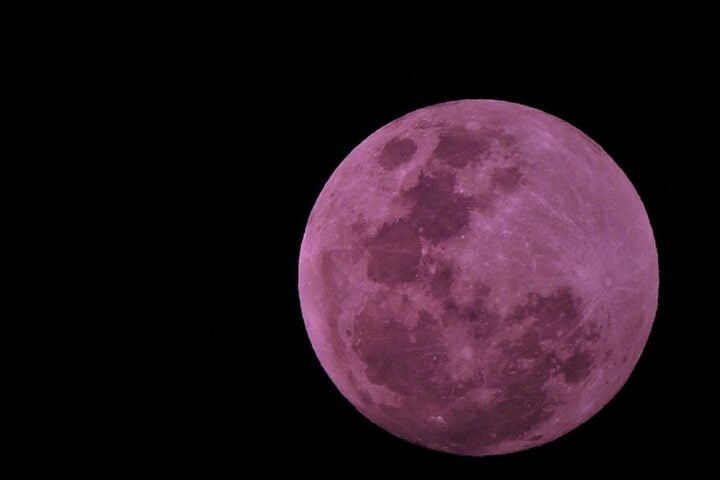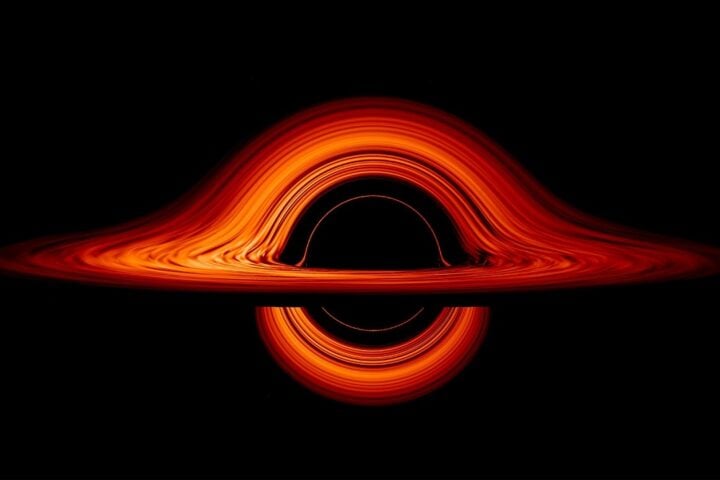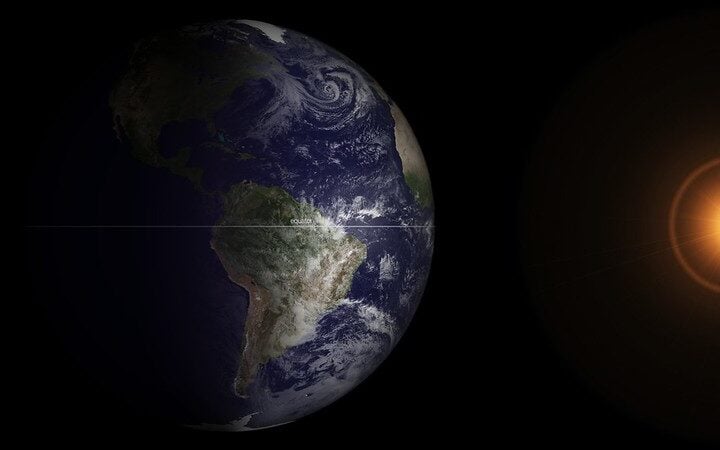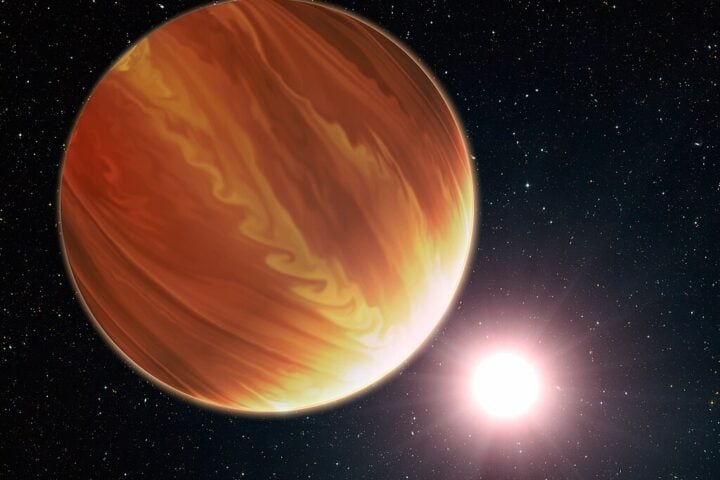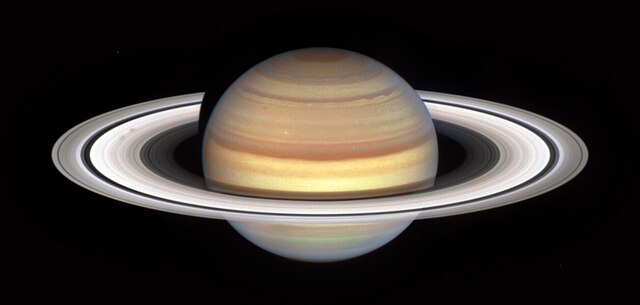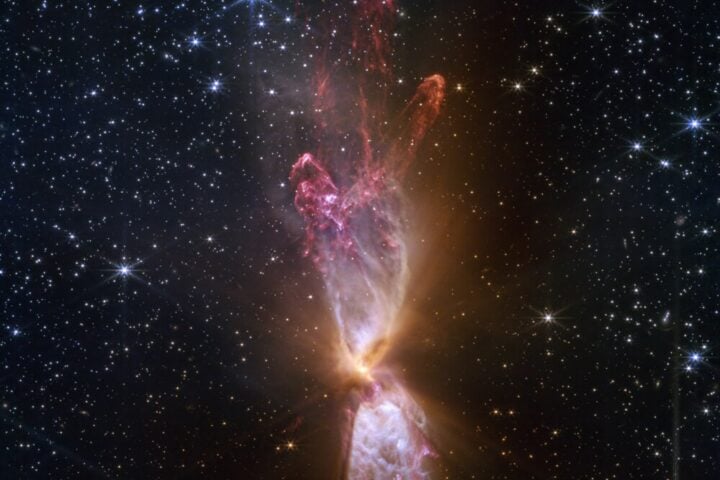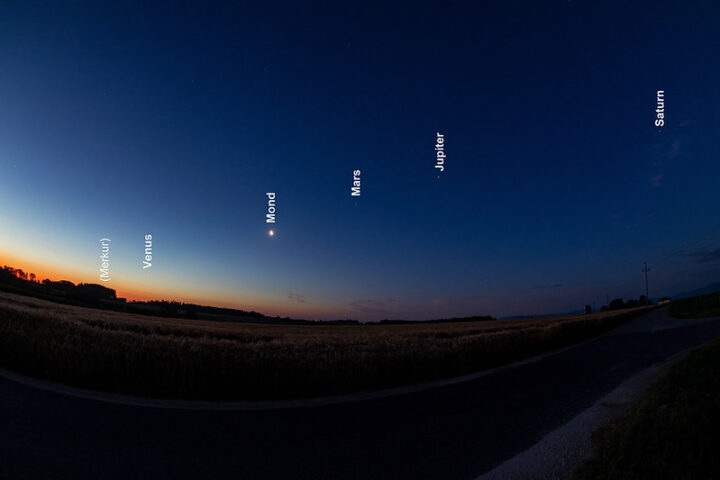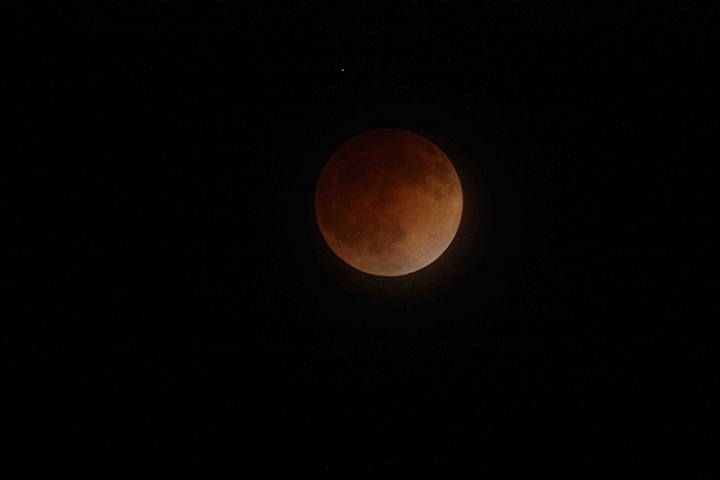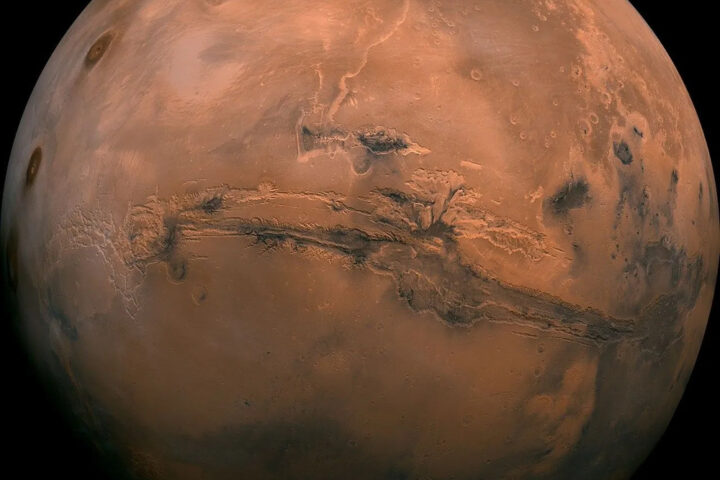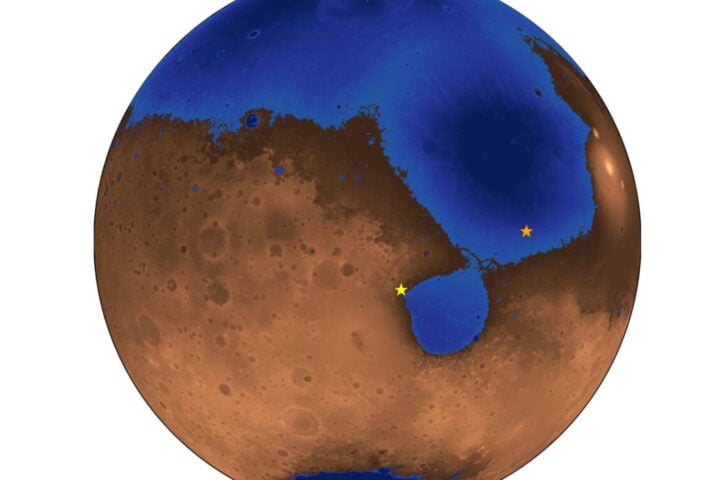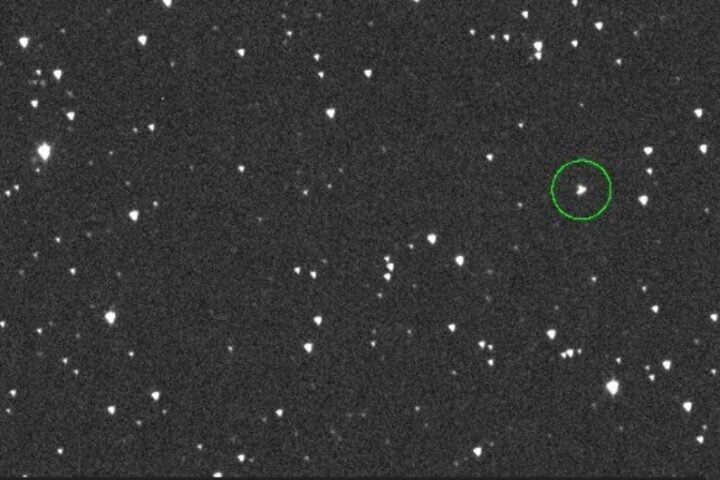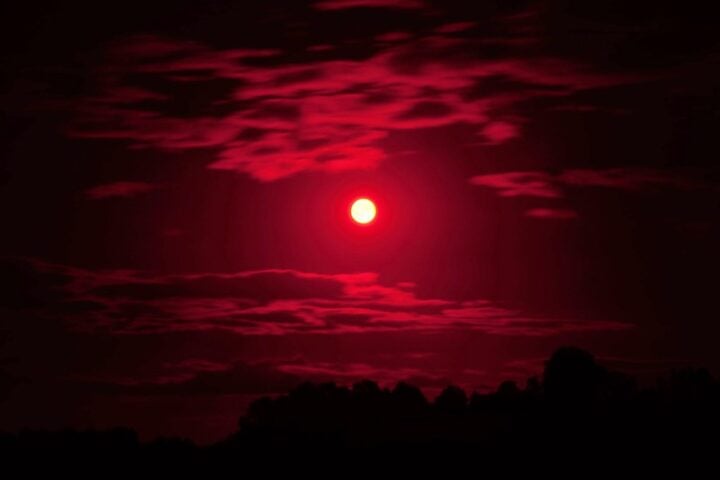Table of Content
- What is a Harvest Supermoon?
- Historical Significance of the Harvest Moon
- Cultural Importance Across Civilizations
- How to Observe the Harvest Supermoon
- Photography Tips for Capturing the Supermoon
- The September Lunar Eclipse: A Rare Combination
- Viewing the Lunar Eclipse
- Timeline of the Lunar Eclipse
- Understanding Partial Lunar Eclipses
- Future Astronomical Events to Look Forward To
What is a Harvest Supermoon?
The Harvest Supermoon is a full moon that occurs when the Earth’s natural satellite is at its closest point to the planet during its elliptical orbit, according to the National Aeronautics and Space Administration (NASA). This phenomenon, known as perigee, makes the satellite appear significantly larger and brighter compared to an ordinary full moon. During this event, the Earth’s natural satellite can appear up to 14% wider and 30% brighter. Although the proximity makes it appear gigantic, this closest point is still 363,300 kilometers away.
Historical Significance of the Harvest Moon
The term Harvest Supermoon is due to its synchronization with the autumn equinox, which takes place around September 22. Traditionally, this full moon is associated with the time of food harvesting, when farmers worked late into the night to gather the crops before the arrival of winter. The additional glow provided by the satellite was invaluable for extending the working hours during the harvest season.
NASA explains that the custom of the Harvest Supermoon has roots in ancient cultures. In the past, agricultural societies relied on moonlight to carry out their tasks in the field. The event every September marked the ideal time to collect the fruits of the earth, as the shorter and cooler nights indicated the end of summer and the beginning of autumn.
Similar Posts
Cultural Importance Across Civilizations
Ancient civilizations, such as the Romans and the indigenous peoples of North America, already observed and celebrated these celestial events. For many Native American cultures, the September full moon was a sacred time that symbolized abundance and gratitude for the harvest. Tribes like the Cherokee, in the southeastern United States, included this moon in their calendars and rituals, highlighting the importance of agriculture in their lives and celebrating the cycle of nature.
How to Observe the Harvest Supermoon
To fully enjoy the Harvest Supermoon, it is recommended to choose a location with low light pollution, away from urban artificial lights. Observers should look for open spaces like parks, hills or beaches, where the horizon is clear, and the satellite can be fully appreciated. The ideal time to observe this phenomenon is when the moon is near the horizon, just after its rise. During this period, the satellite often appears larger and more colorful due to the “moon illusion” effect.
Photography Tips for Capturing the Supermoon
For those interested in capturing the event with cameras, it is recommended to use a tripod to avoid movement and adjust the settings to achieve the best image quality. Astronomy apps and websites can provide accurate information about the moon’s rising time and position in the sky to better plan the observation.
The September Lunar Eclipse: A Rare Combination
The September lunar eclipse is a phenomenon that will be visible between Tuesday, September 17 and Wednesday, September 18 in much of the world, such as the United States and Mexico. Millions of people from different latitudes are expected to be able to witness the phenomenon in the night sky of their localities. There are also live streams for those who cannot see it due to the atmospheric conditions of their place of residence.
Viewing the Lunar Eclipse
The September lunar eclipse can be seen without the need for optical devices if the sky in your locality is clear and, above all, if there is no light pollution, a space where electrical light is minimal. The September lunar eclipse is so special because it will be accompanied by the so-called Supermoon. Between the night of Tuesday, September 17 and the early morning of Wednesday, September 18, the partial lunar eclipse has a different addition by showing the moon at a larger size than usual.
Timeline of the Lunar Eclipse
According to Time and Date, a well-known website specializing in astronomical events, the precise times of the event have been calculated. On the evening of September 17, 2024, a partial lunar eclipse will be visible across the U.S. The event begins at 8:41 PM ET, peaks at 10:44 PM ET, and ends at 12:47 AM ET on September 18. The timings will vary slightly across different time zones, with the eclipse starting earlier in the Central, Mountain, and Pacific Time zones.early hours of Wednesday, September 18. In Mexico, the eclipse will begin at 18:41, in Colombia at 19:41, and in Spain, it will be visible from 4:12 in the morning, reaching its maximum at 4:44 and ending at 5:18.
Understanding Partial Lunar Eclipses
The partial eclipse occurs when the Earth is positioned between the Sun and the Moon, without completely blocking the solar light. This creates a cone of shadow on the lunar surface, darkening only a small part of it. On this occasion, the darkening will affect approximately 3.5% of the visible lunar disk, according to several experts in astronomical observation.
Future Astronomical Events to Look Forward To
After this event, the next lunar eclipses will occur in March and September 2025, both total and visible from various points on the planet. A partial solar eclipse is also expected on March 29 of next year.
As the night progresses, millions of people will be able to witness the gradual change in the appearance of the Earth’s natural satellite. For those who have the good fortune to observe it in clear areas, the event will offer a spectacular vision of the night sky.
The penumbral phase of the eclipse, which is the first to appear, is less evident to the naked eye, as it is a diffuse shadow that causes a slight general darkening of the Moon. The partial phase, in which a “bite” will be observed on the surface of the satellite, will be easier to identify and will last just over an hour.
The September supermoon is popularly known as the “Harvest Moon” in many parts of the world, as it marks the beginning of the harvest season in many places. This name comes from ancient agricultural traditions, where farmers took advantage of the extra light of the supermoon to work in the fields during the harvest nights. In addition, the eclipse arrives just before the autumn equinox, which will occur on September 22, when the day and night will have almost equal duration around the world.
The last major astronomical event of the year will be the annular solar eclipse expected on October 2, although this phenomenon will only be visible in parts of South America. For those who enjoy astronomical phenomena, the September lunar eclipse will be a unique opportunity to observe a double spectacle: the partial darkening of the Moon and the visual phenomenon of the supermoon.
Although eclipses are not uncommon – they occur between four and seven times a year – the coincidence with the supermoon adds a special appeal. After this event, the next lunar eclipses will occur in March and September 2025, both total and visible from various points on the planet, including some places in Spain. A partial solar eclipse is also expected on March 29 of next year.
As the night progresses, millions of people will be able to witness the gradual change in the appearance of the Earth’s natural satellite. For those who have the good fortune to observe it in clear areas, the event will offer a spectacular vision of the night sky.


